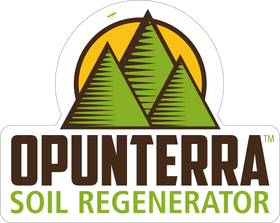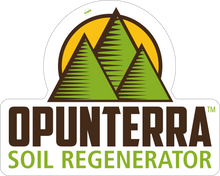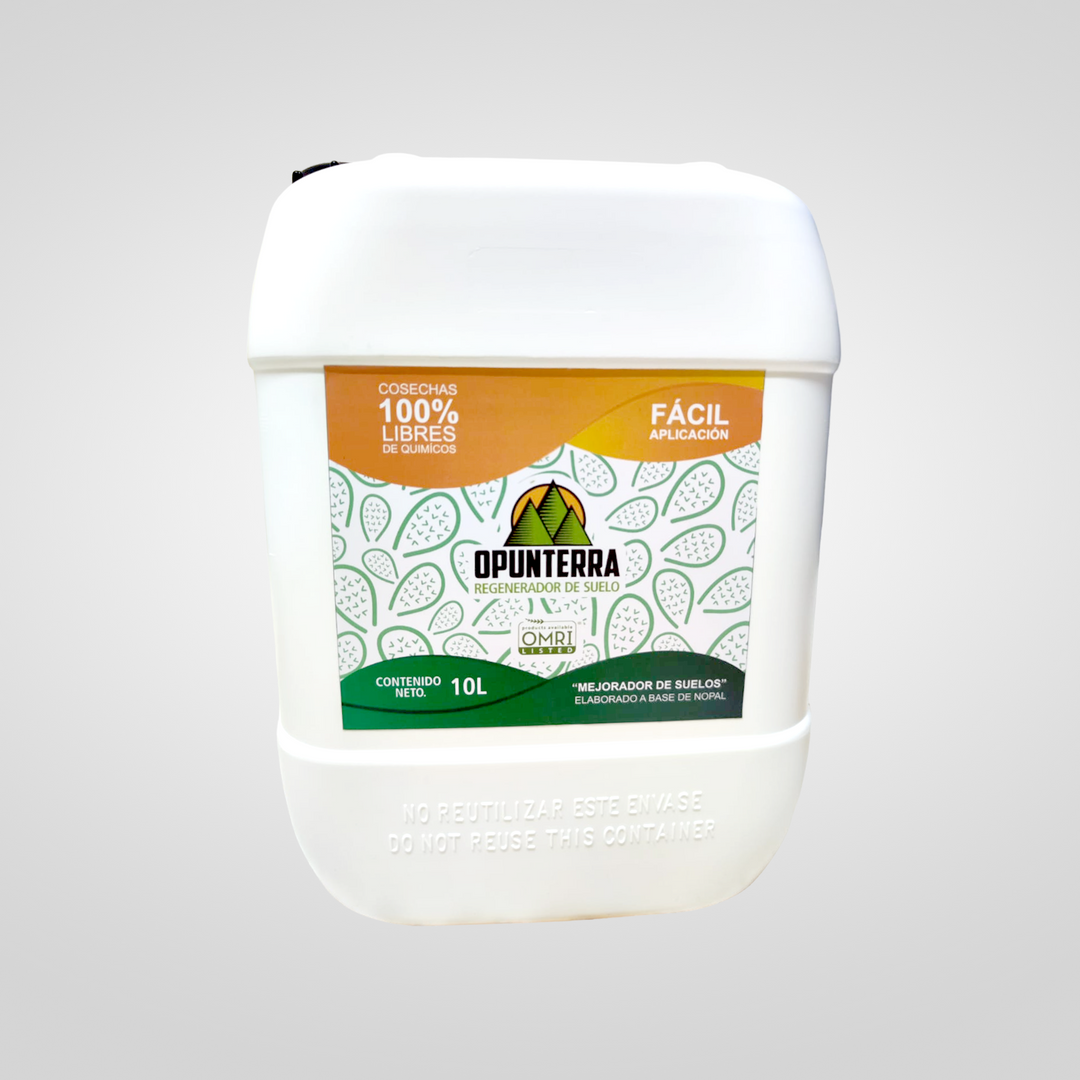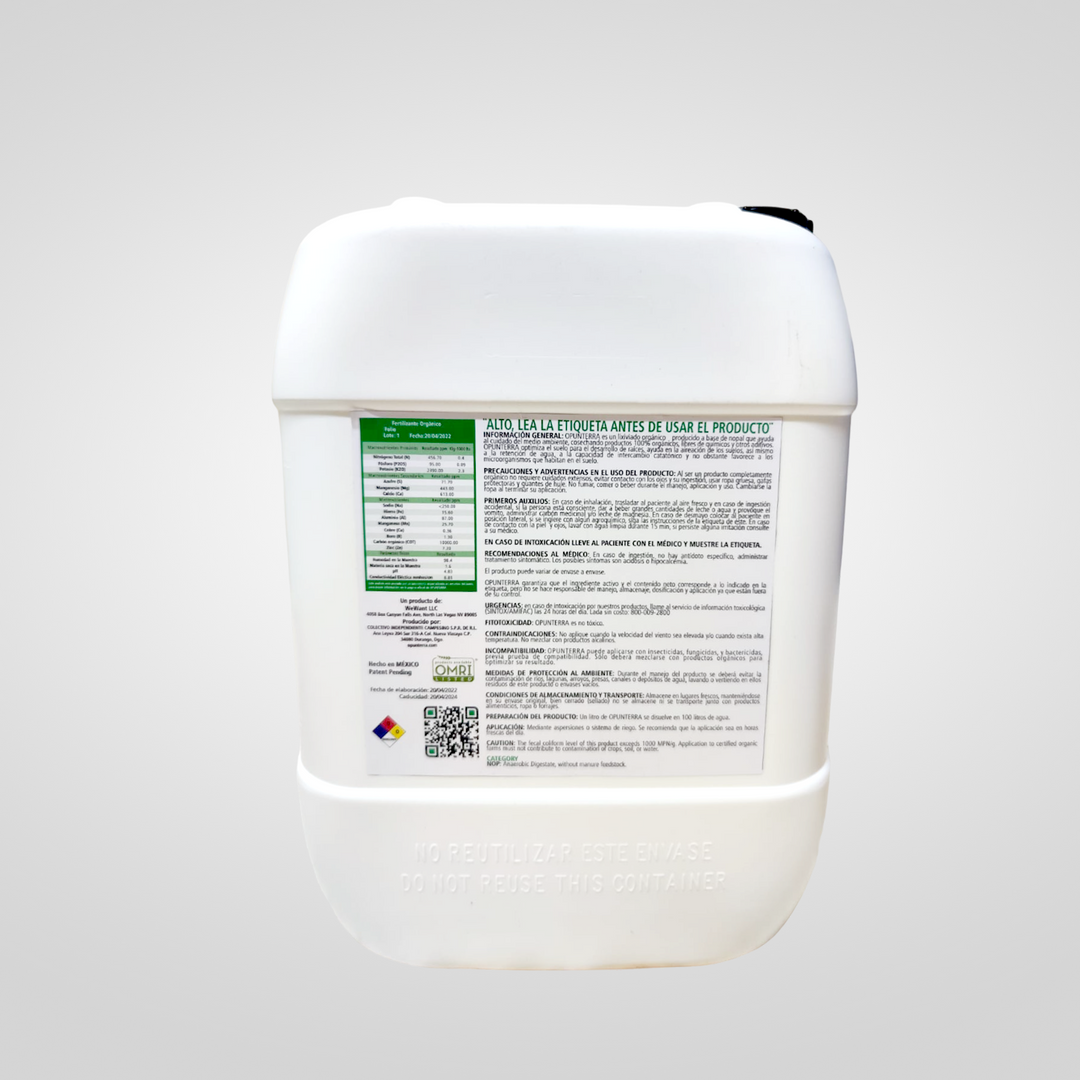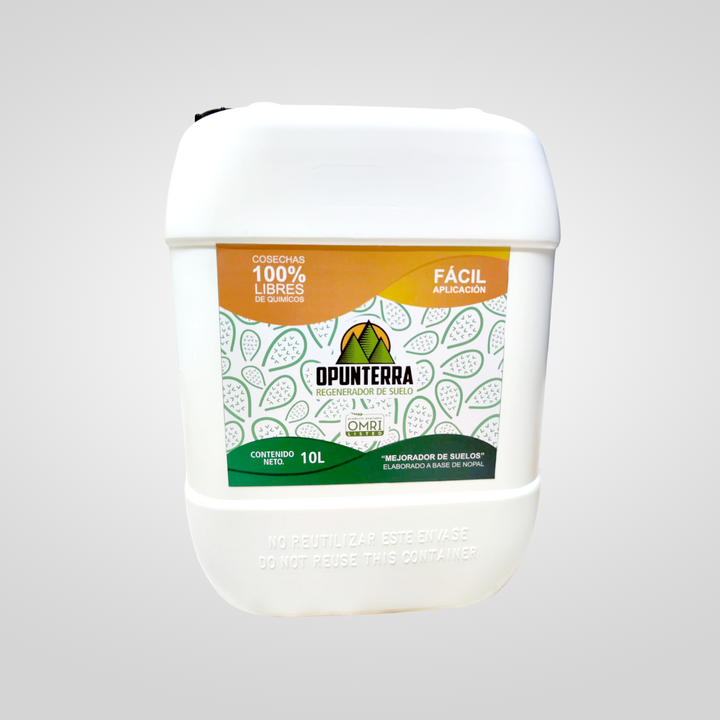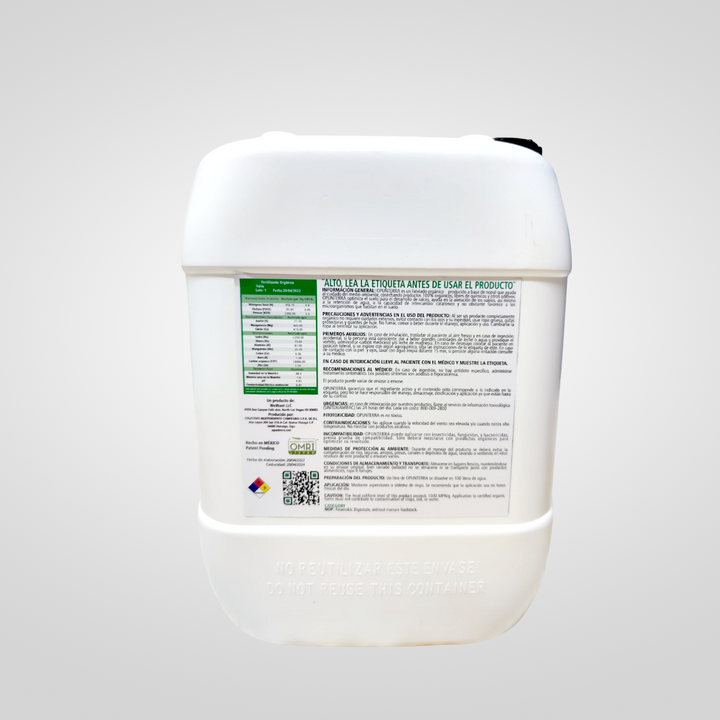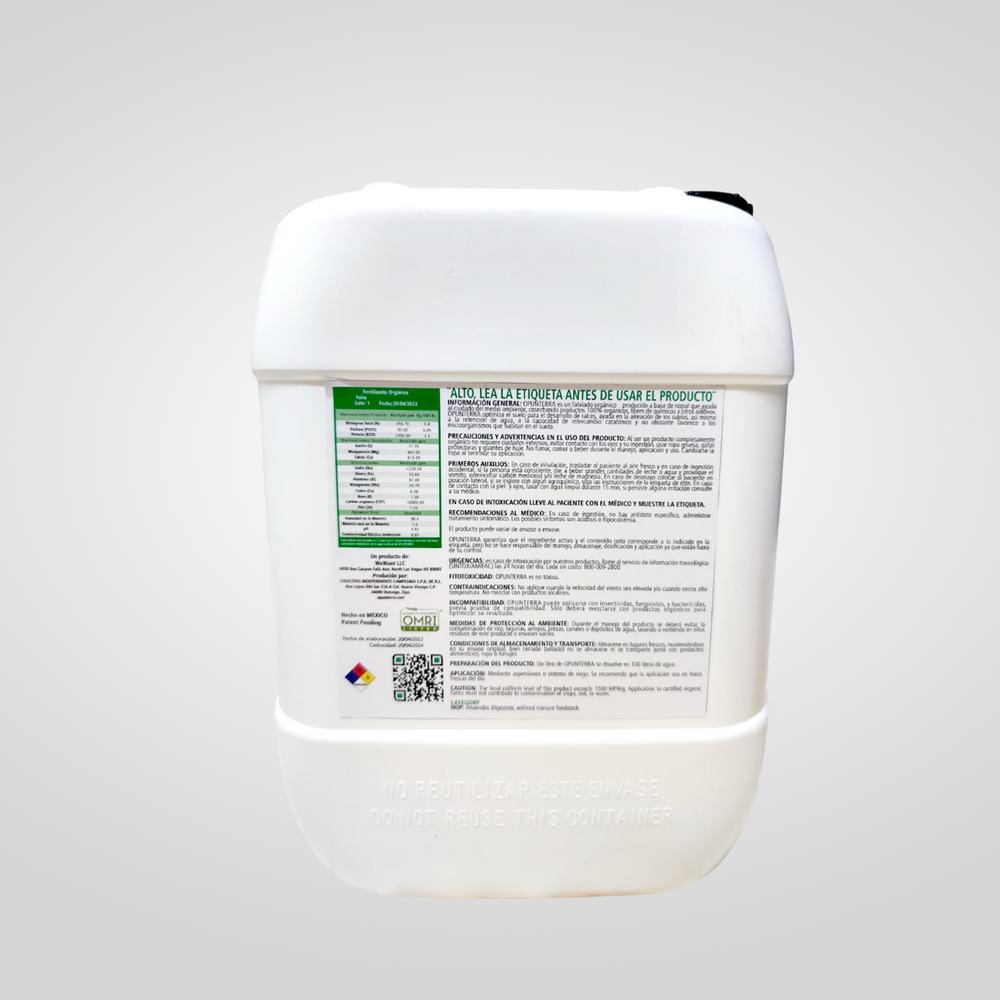OPUNTERRA is an organic soil regenerator, made from plants that has great properties to nourish the earth, it does not affect people or animals, since no harmful chemicals are used during its production process.
OPUNTERRA helps retain soil nutrients and maintain the necessary humidity that each type of soil needs for the proper development of crops, restores the levels of organic matter in the soil and with this increases the retention capacity of mineral nutrients that are apply to soils.
OPUNTERRA is an organic leachate produced from plants that helps care for the environment, harvesting 100% organic products, free of chemicals and other additives.
OPUNTERRA optimizes the soil for root development, helps in soil aeration, water retention, catatonic exchange capacity and favors the microorganisms that live in the soil. It promotes the development of a rich rhizosphere. in microorganisms that promote growth.
Primary (MNP):
The three main Primary Macronutrients that the plant needs are: nitrogen, phosphorus and potassium (NPK), which give the plant green foliage, strong roots and healthy growth; They are the ones that plants need in greater quantities. Deficiencies in any of these nutrients cause weak plants that are prone to attack by pests and diseases.
The secondary macronutrients are Calcium, Sulfur and Magnesium, the plant needs them in smaller quantities, as well as for its development.
Micronutrients or minor elements are those that plants need in smaller quantities, however, the deficiency of one or more microelements becomes a limiting factor in the growth, development and yield of crop fields, even having optimal amounts of the other nutrients. . Beneficial microorganisms: Beneficial microorganisms are bacteria and fungi that are found naturally in the soil and help improve the production and quality of crops.
Development of the Rhizosphere: The Rhizosphere is a zone of unique and dynamic interaction between plant roots and soil microorganisms. The rhizosphere is considered a microbiological buffer zone where the microbiota serves to protect the plant against pathogen attacks, allows the obtaining of food from the environment and the adequate conversion of nitrogen.
| Crop | Dosage | Observations |
|---|---|---|
| Garlic, Onion | 6 to 8 L | Apply 30 days after transplanting and repeat every 15 days |
| Blueberries, Strawberries, Raspberries, Blackberries | 6 to 7 L | Apply 15 to 20 days after transplanting and repeat every 15 days during the vegetative period. |
| Corn, Sorghum, Beans, Broad Beans, Peas | 6 to 8 L | Apply 2 to 3 times during the vegetative period, starting when the plant reaches a height of 30 cm, at intervals of 15 days. |
| Wheat, Oats, Barley, Rice | 6 to 8 L | Apply 1 to 2 times during the vegetative period, starting from 4 to 5 leaves |
| Prickly Pear, Tuna | 6 to 10 L | Apply every 15 days during the vegetative period. For prickly pears, stop one month before flowering. |
| Ornamentals, Cut Flowers | 6 to 8 L | Apply 15 to 20 days after transplanting and repeat |
| Potato | 6 to 8 L | Apply 15 to 20 days after germination and repeat every 21 days during the vegetative period. |
| Pineapple | 6 to 10 L | Apply 15 to 20 days after planting, stop |
| Banana | 6 to 8 L | Apply from the third month after the plants are established until one month before flowering, at intervals of 15 days, making at least three applications. |
| Celery, Squash, Chili, Asparagus, Chickpea, Melon, Cucumber, Watermelon | 6 to 8 L | Apply 15 to 20 days after transplanting and repeat every 15 days during the vegetative period |
| Sugarcane | 6 to 10 L | Apply 2 to 3 times during the vegetative period, starting when the plant is 30 cm tall, and repeat every 15 days. |
| Agave | 7 to 10 L | Apply at the beginning of the rainy season and repeat every 30 days with a minimum of 2 applications; apply low doses for crops from 0 to 1 year, intermediate doses from 2 to 3 years and high doses from 4 to 5 years. |
| Fruit Trees: Peach, Avocado, Citrus, Guava, Mango, Apple, Walnut, Coffee, Plum | 6 to 10 L | Depending on the vegetative development, apply from the beginning of flowering to the beginning of fruiting. |
| Alfalfa and Parts of Pruning or Grazing | 6 to 10 L | Apply at 10 cm of growth and repeat every 15 days after each cut. |
| Broccoli, Cilantro, Cauliflower, Cabbage, Spinach, Lettuce. | 6 to 7 L | Apply 15 to 20 days after transplanting and repeat every 15 days during the vegetative period. |
| Lawn, Golf Courses | 6 to 10 L | Apply per hectare, once a month during the first year. |
Nutrient Composition Analysis
| Nutrient | Result ppm |
|---|---|
| Total Nitrogen (N) | 456.7 |
| Phosphorus (P2O5) | 95 |
| Potassium (K2O) | 2390 |
| Nutrient | Result ppm |
|---|---|
| Sulfur, S | 71.7 |
| Magnesium, Mg | 443 |
| Calcium, Ca | 613 |
| Nutrient | Result ppm |
|---|---|
| Sodium, Na | <250.00 |
| Iron, Fe | 15.6 |
| Aluminum, Al | 87 |
| Manganese, Mn | 25.7 |
| Copper, Cu | 0.36 |
| Boron, B | 1.3 |
| Organic Carbon, COT | 10000 |
| Zinc, Zn | 7.2 |
| Parameter | Result |
|---|---|
| Sample Humidity | 98.4 |
| Dry Matter in the Sample | 1.6 |
| pH | 4.83 |
| Electrical Conductivity mmhos/cm | 8.81 |
